Cork over radiant
cork2win
17 years ago
Featured Answer
Sort by:Oldest
Comments (22)
cork2win
17 years agolast modified: 9 years agoRelated Professionals
Alexandria Flooring Contractors · Georgetown Flooring Contractors · Merriam Flooring Contractors · Merritt Island Flooring Contractors · Mountain Top Flooring Contractors · North Tustin Flooring Contractors · Temecula Flooring Contractors · Whitefish Bay Tile and Stone Contractors · Ashburn General Contractors · Hayward General Contractors · Nampa General Contractors · Oneida General Contractors · Seabrook General Contractors · Seal Beach General Contractors · Torrington General Contractorsatelier
17 years agolast modified: 9 years agocork2win
17 years agolast modified: 9 years agoatelier
17 years agolast modified: 9 years agonjtea
17 years agolast modified: 9 years agoMichelle Fenn
5 years agoSJ McCarthy
5 years agosdelee123
4 years agoSJ McCarthy
4 years agosdelee123
4 years agoNicole Mather
4 years agoatelier design build
4 years agoSJ McCarthy
4 years agoMichelle Fenn
4 years agoSJ McCarthy
4 years agoMichelle Fenn
4 years agoatelier design build
4 years agoSJ McCarthy
4 years agoatelier design build
4 years agoSJ McCarthy
4 years agolast modified: 4 years agoatelier design build
3 years ago
Related Stories

GREAT HOME PROJECTSHow to Add a Radiant Heat System
Enjoy comfy, consistent temperatures and maybe even energy savings with hydronic heating and cooling
Full Story
FLOORSFloors Warm Up to Radiant Heat
Toasty toes and money saved are just two benefits of radiant heat under your concrete, wood or tile floors
Full Story
FLOORSIs Radiant Heating or Cooling Right for You?
Questions to ask before you go for one of these temperature systems in your floors or walls (yes, walls)
Full Story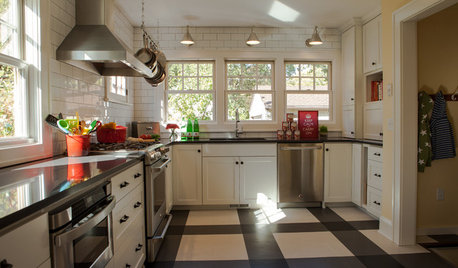
KITCHEN DESIGNKitchen of the Week: Drab and Dysfunctional to Radiant in Minnesota
Clunky storage and lackluster floors get nixed in favor of open shelves, plaid vinyl and an effective kitchen work triangle
Full Story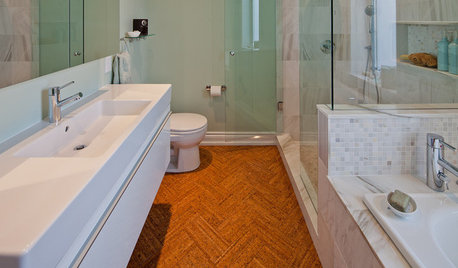
FLOORSWill Cork Float for Your Bathroom Floor?
Get the facts on advantages, disadvantages, costs and installation to see if a cork bathroom floor is right for you
Full Story
DECORATING GUIDESDiscover the Unstoppable Advantages of Cork for the Home
Look beyond wine stoppers to see cork's ecofriendliness, durability, fire resistance and antimicrobial nature for all kinds of home products
Full Story
GREEN BUILDINGEcofriendly Cool: Insulate With Wool, Cork, Old Denim and More
Learn about the pros and cons of healthier alternatives to fiberglass and foam, and when to consider an insulation switch
Full Story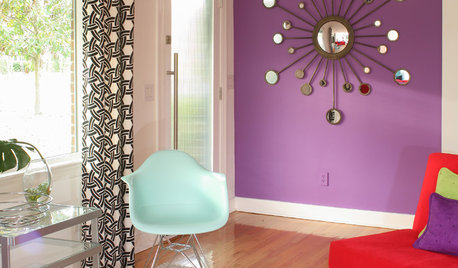
COLORBest Ways to Use Radiant Orchid, Pantone's Color of 2014
Learn how to work in this bold fuchsia-pink-purple successfully around the home, and give it a yay or nay in the Houzz poll
Full Story
CRAFTSMAN DESIGNHouzz Tour: Radiant Restoration of a 1910 Arts and Crafts Bungalow
A single-story bungalow in San Diego gets a second floor and so much more
Full Story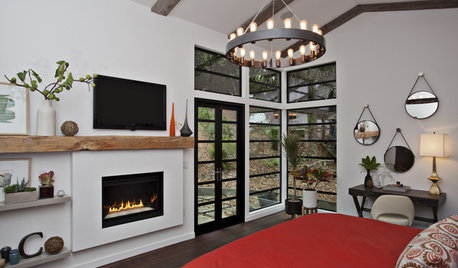
BEDROOMS8 Fireplace Designs for a Radiant Master Bedroom
Sleeping quarters get glowing with fireplaces from subtle to splendorous, creating a most luxurious air of comfort
Full StoryMore Discussions







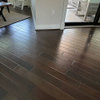

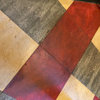
atelier